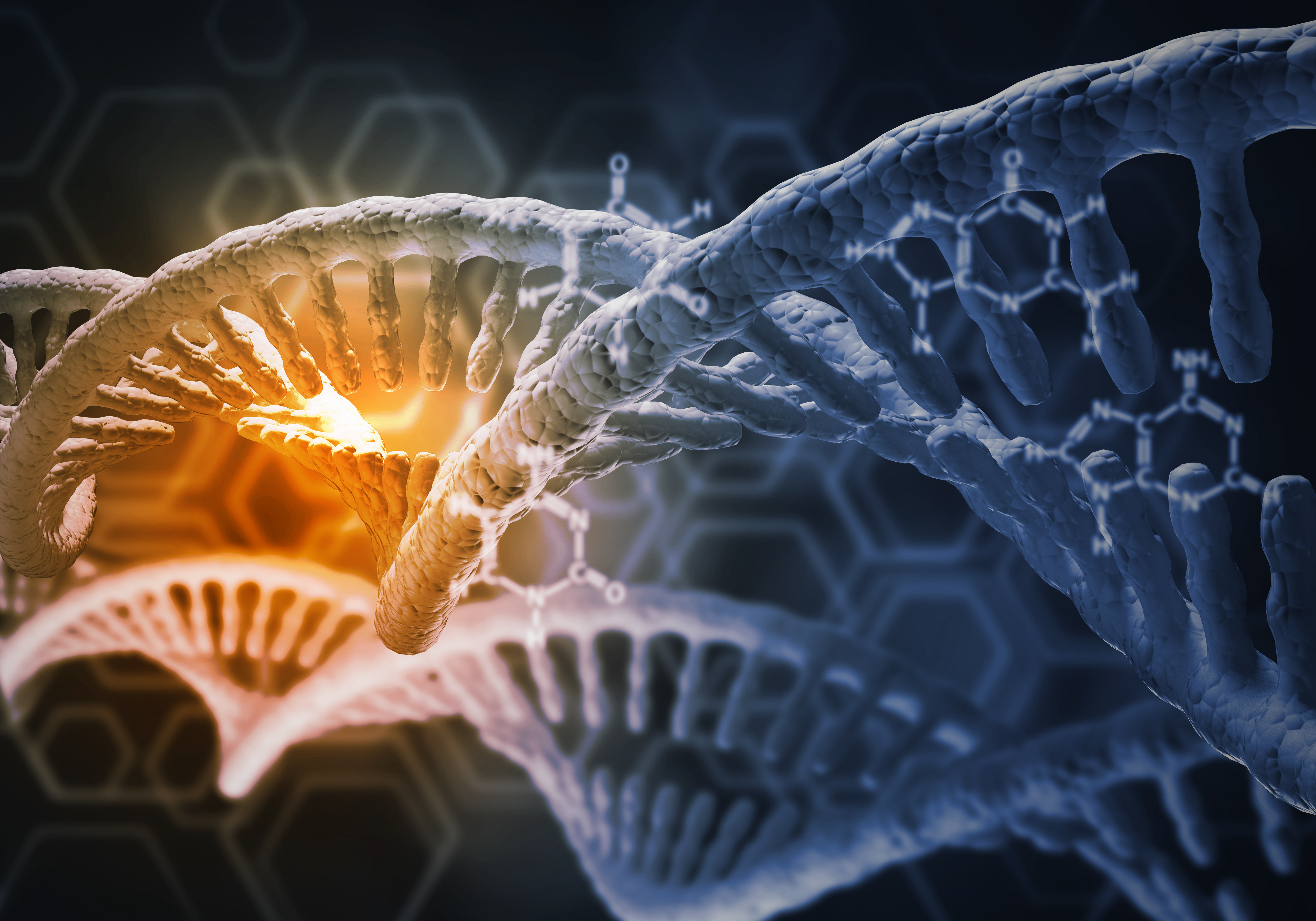Prevalence of AADC Deficiency

Researchers don’t know the exact prevalence (how common a disease is among a population) of aromatic l-amino acid decarboxylase (AADC) deficiency. However, they have conducted several studies in an attempt to estimate it. These studies screened for the disease in several countries around the world.
Estimates of AADC deficiency prevalence
AADC deficiency remains a very rare disease with only 100 individuals documented in medical literature.
Several studies have tried to estimate the prevalence of the disease. One study screened 127,987 newborns in Taiwan from September 2013 to December 2015 and found four cases of AADC deficiency. These cases resulted in an AADC birth prevalence rate of one in every 32,000 babies. Researchers know there is a founder mutation among the people of Taiwan. A founder mutation is when a person with a certain mutation becomes one of the initial founders of a new population in an isolated setting, such as Taiwan.
Of the four children with AADC deficiency, three had two copies of the founder mutation. The fourth had one copy along with a new mutation in the other copy of the gene. The study also investigated the prevalence carriers of this mutation (those who have one mutated copy and one functioning copy of the gene) and found this to be one in every 146.
A screening study of patients in Hong Kong analyzed samples from 845 patients and identified two cases of AADC deficiency. The finding suggests that the condition may be the cause of roughly 0.24% of cases of undiagnosed neurological disorders.
In the U.S., the European Union, and Japan, researchers reported a 2016 population prevalence (the number of cases within the total population) of AADC deficiency of 840, 853, and 125, respectively, indicating differences between countries.
A study that focused on patients in the U.S. investigated the prevalence of AADC deficiency-causing mutations in samples from 19,684 patients with unknown neurological disorders. The study found that 36 patients were positive for mutations related to AADC deficiency. This result suggests that roughly 0.18% of unknown neurological cases may be cases of AADC deficiency.
Factors affecting estimates
There are a number of factors that could affect the estimated prevalence of AADC deficiency. There may be differences in populations based on location and heritage, as in the case of the founder effect in the Taiwanese population.
AADC deficiency remains an often undiagnosed or misdiagnosed disease. In fact, the average age of symptom development is 2.7 months, whereas the average age of diagnosis is 3.5 years.
The reason it is so difficult to diagnose AADC is because its symptoms are very similar to those of several other diseases, such as epilepsy, cerebral palsy, neuromuscular weakness, and mitochondrial disease. Due to the overlap in symptoms, and the rarity of AADC deficiency, many cases may be misdiagnosed, which also can reduce the numbers of cases.
Last updated: Oct. 21, 2020
***
AADC News is strictly a news and information website about the disease. It does not provide medical advice, diagnosis, or treatment. This content is not intended to be a substitute for professional medical advice, diagnosis, or treatment. Always seek the advice of your physician or other qualified healthcare providers with any questions you may have regarding a medical condition. Never disregard professional medical advice or delay in seeking it because of something you have read on this website.





